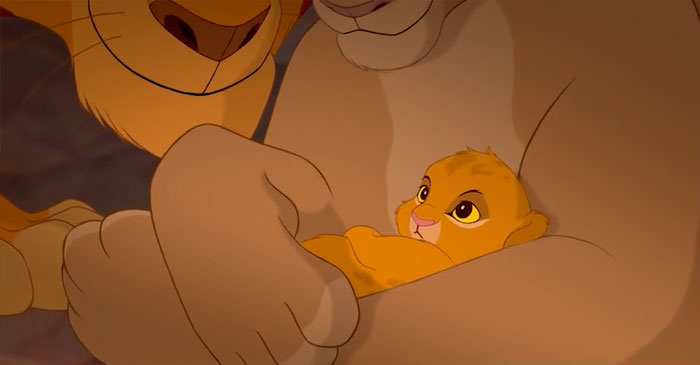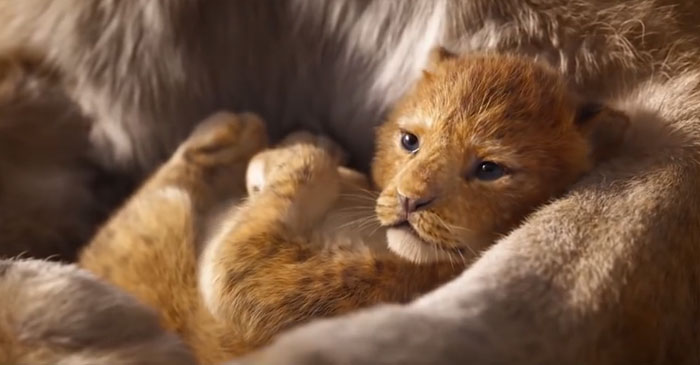Sunday, August 6, 2023
Saturday, August 5, 2023
Friday, August 28, 2020
A Guide to 3D Printing With Titanium

Wednesday, July 15, 2020
3D printed Open source mask - SV3DPrinter
Sunday, May 10, 2020
Thursday, February 20, 2020
Imprimante 3D accessible
All3DP a élu l'ELEGOO MARS meilleure imprimante 3D résine.
Découvrez pourquoi, dans son évaluation (tests d'impression inclus)
à l'adresse
2:08 PM
0
commentaires

 Libellés :
3d
,
3d designers
,
3d models
,
3D printing
,
3dnews
,
3dprinter
,
technology
Libellés :
3d
,
3d designers
,
3d models
,
3D printing
,
3dnews
,
3dprinter
,
technology
Tuesday, October 15, 2019
Saturday, December 22, 2018
Are you really virtual?
A Style-Based Generator Architecture
for Generative Adversarial Networks
 |
| By selecting the strength appropriately, we can get good images out every time with slightly reduced variation. |
Paper (PDF):arxiv.org/pdf/1812.04948.pdf
Authors:
Tero Karras (NVIDIA)
Samuli Laine (NVIDIA)
Timo Aila (NVIDIA)
Abstract:"We propose an alternative generator architecture for generative adversarial networks, borrowing from style transfer literature. The new architecture leads to an automatically learned, unsupervised separation of high-level attributes (e.g., pose and identity when trained on human faces) and stochastic variation in the generated images (e.g., freckles, hair), and it enables intuitive, scale-specific control of the synthesis. The new generator improves the state-of-the-art in terms of traditional distribution quality metrics, leads to demonstrably better interpolation properties, and also better disentangles the latent factors of variation. To quantify interpolation quality and disentanglement, we propose two new, automated methods that are applicable to any generator architecture. Finally, we introduce a new, highly varied and high-quality dataset of human faces."
via dailymail.co.uk/sciencetech/article-6507449/Creepy-AI-create-100-cent-lifelike-human-faces-scratch.html
à l'adresse
6:08 PM
0
commentaires

 Libellés :
3d
,
computer generated imagery
,
technology
,
virtualreality
Libellés :
3d
,
computer generated imagery
,
technology
,
virtualreality
Monday, November 26, 2018
A wee bit of ontology
There are those « spot the difference » games, where players, comparing two quite similar images, must notice small variations between them.
What we see here is quite the opposite : the context, the scene, are similar, the obvious difference stands in the rendering, when the first one is a cartoonesque image, and the new one « realistic ».
One could be fooled, thinking it is a photograph when describing a landscape, yet quite puzzled when showing characters, in that case, animals.
Augmented reality, hyper-realism, digital special effects have started to deceive us, although we know, being told so, that it is artificial.
Now, what will happen when technology will be so perfect that it will be impossible to perceive the artifice ?
There enters ontology which allows discerning real from reality.
While robots are elaborated to be closer to life, real people of the public scene, are surgically « improved » tending to some sort of plastic perfection.
All in all, mutatis mutandis for the oxbridgians, we are caught in a salsa of enhanced reality which differs from the real.
With much less effort than landing on Mars, we can conflate a collusion between technologies ending up in a representation of an idealistic imaging of a supposed reality, such as robotic surgery coupled with a 3D sort of Photoshop that will produce neo-canons of supposedly perfect people, incorporated (in the Latin sense) in a perfect environment.
Already, cinemas have become eateries where, secondarily, a film featuring fantasy worlds, is incidentally projected to intensify feeding, just like Beethoven is cast in stables.
George Orwell forecasted a world where saturation was the mod and it becomes hard to thing he was wrong.
The higher we climb...
Texte by Addé


Photos via boredpanda.com
à l'adresse
8:14 PM
0
commentaires

 Libellés :
3d
,
3d ethics
,
3d immersion
,
3d models
,
animation
,
cartoon
,
pictures
,
technology
Libellés :
3d
,
3d ethics
,
3d immersion
,
3d models
,
animation
,
cartoon
,
pictures
,
technology
Thursday, October 4, 2018
Robot Bat doesn't suck (blood)
What is Bat Bot and Why Use it?
"In robotics, the bat is a challenging design because of all of the joints of this creature it is made to mimic. The flying mammal has been mimicked unlike ever before with Bat Bot, the world’s first bat robot. It has the appearance of a bat and acts like one too. But why does it exist – for what purpose?..."article by Christy Birmingham
whenbusinessinspire.com
Advanced Robotic Bat Can Fly Like the Real Thing
Subscribe to:
Comments
(
Atom
)

